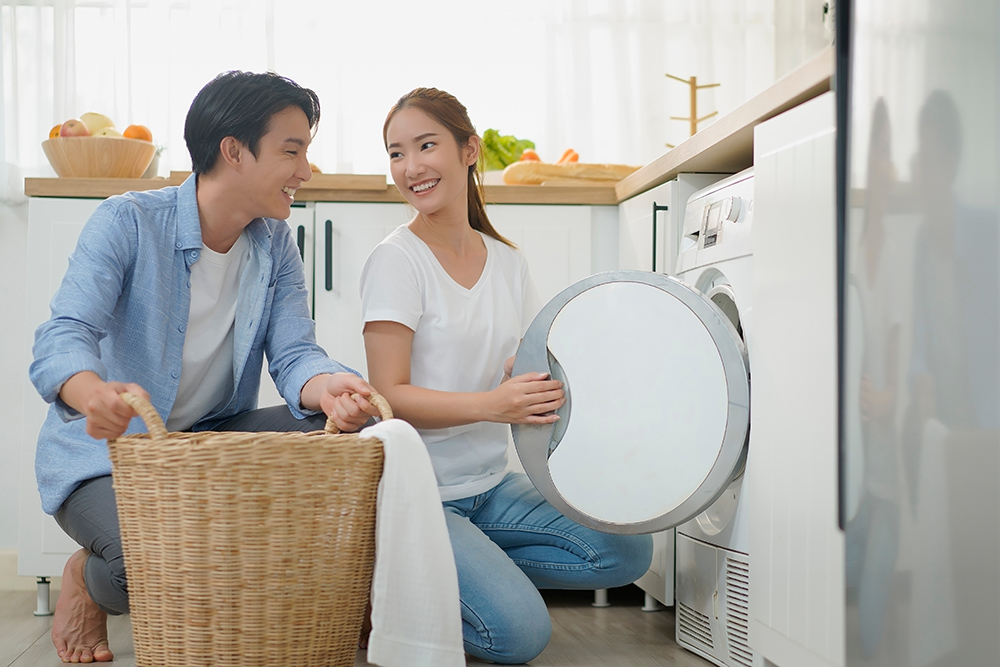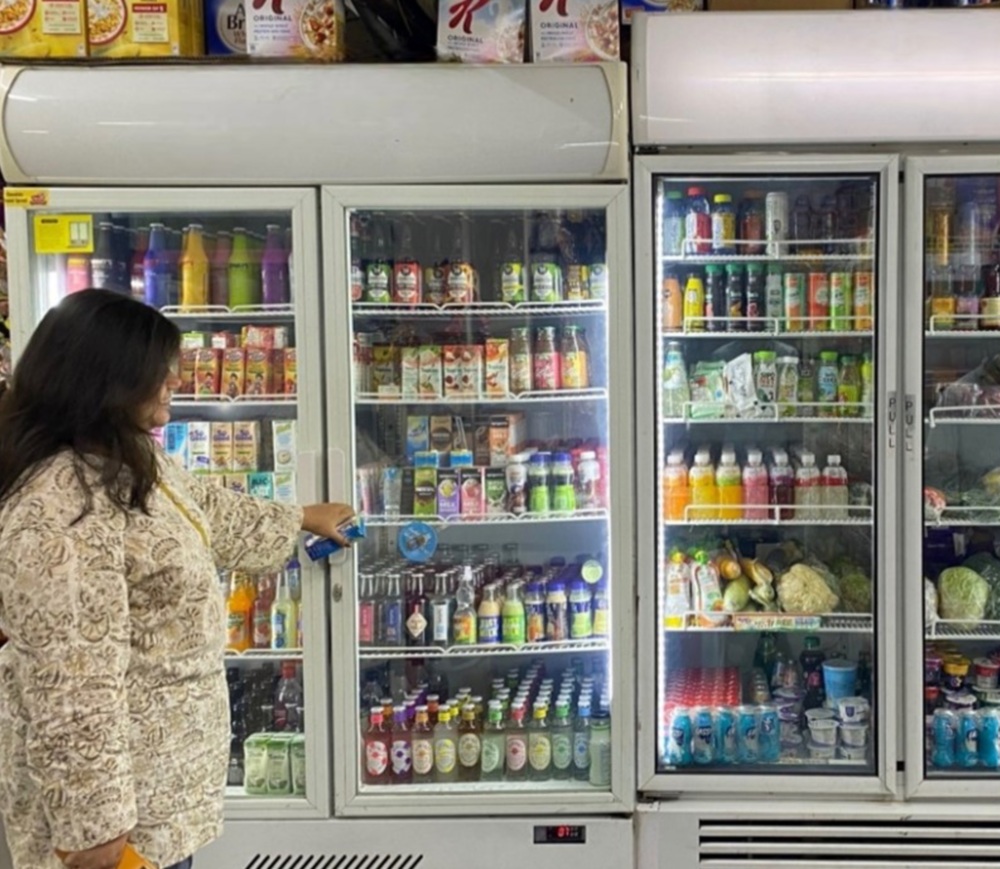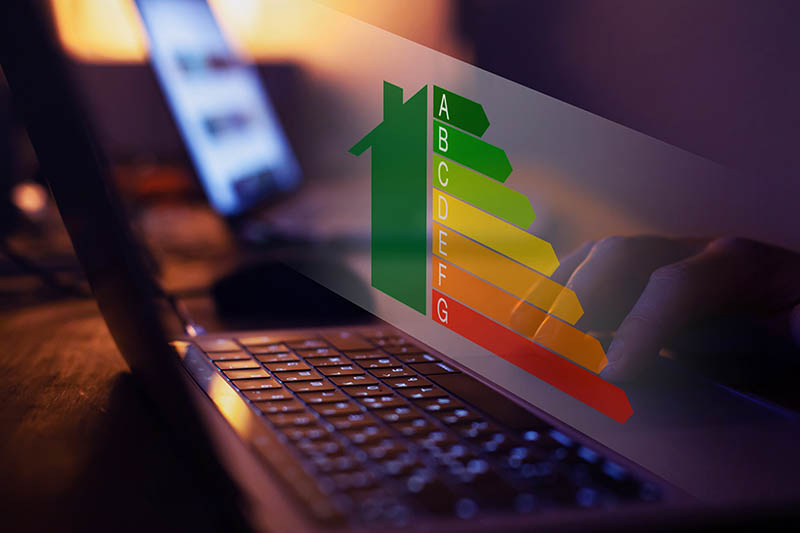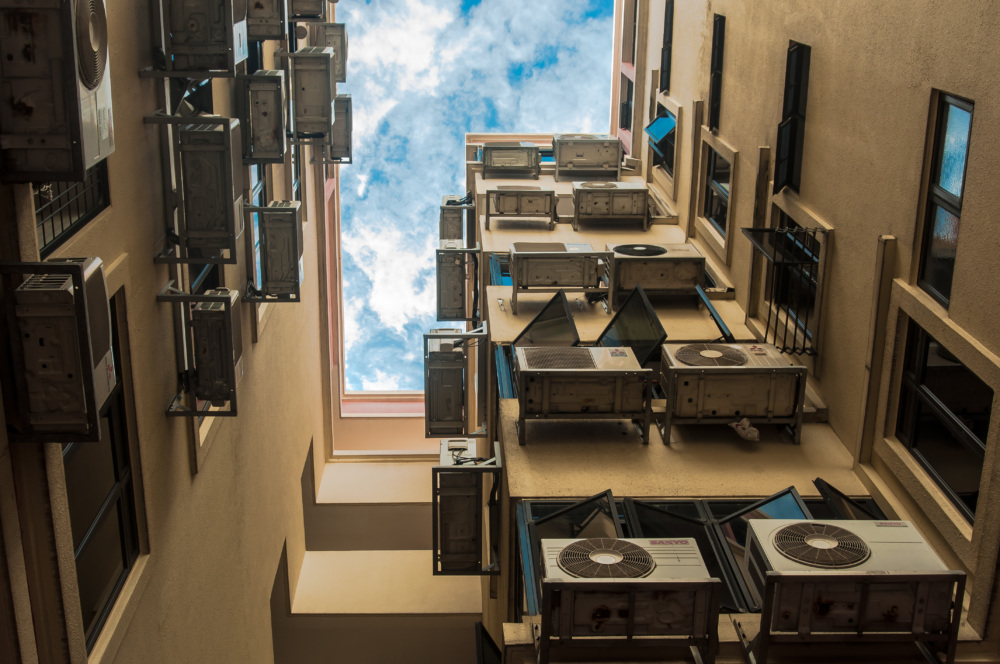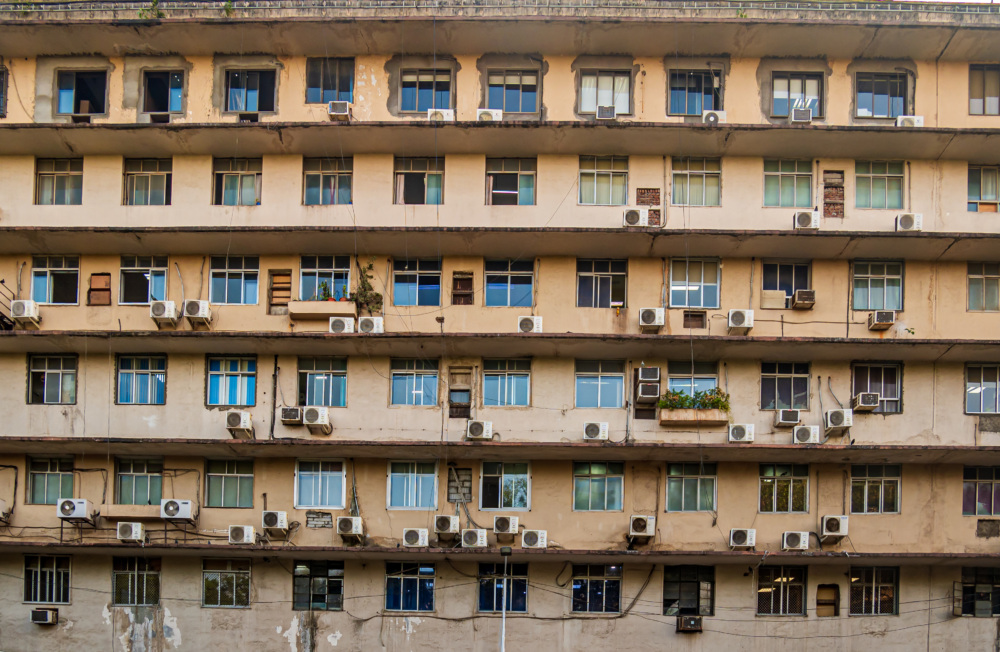Revising the Brazilian Labeling Program for Refrigerators: Lessons from the European Union and Thailand
Summary
Brazil's INMETRO is currently considering modifications to the National Label for Energy Conservation (ENCE) for refrigerators. CLASP studies the experiences of the European Union (EU) and Thailand in including additional labeling categories and provides key insights.
Brazil’s INMETRO is currently considering modifications to the National Label for Energy Conservation (ENCE) for refrigerators to better differentiate more efficient products that will lower electricity consumption, save consumers money, and reduce carbon dioxide emissions. The modifications being considered include the addition of “A+,” “A++,” and “A+++,” to the current A to G scale, since all refrigerators currently found in the market are already “A” class. These modifications are similar to the additional categories that were added to the European Union’s energy efficiency label in 2010, and then removed beginning in 2017. The Electricity Generation Authority of Thailand (EGAT) has also experimented with the creation of additional categories on their EGAT No. 5 label, which previously categorized products on a scale from level 1 to level 5. They did this by adding three stars to their label, so that the top labeling class changed from “level 5” to “level 5 with three stars.” The experiences from both the European Union (EU) and Thailand demonstrate that, while creating such additional categories can help to differentiate products, it can also decrease the effectiveness of the label and confuse consumers.
Key Findings and Recommendations:
- Creating additional label categories is not as effective at motivating consumer choice as a full revision of the energy efficiency criteria for the existing label. In the EU, consumers were less likely to pay more for an “A+++” product over an “A” product than for an “A” product over a “D” product. In Thailand, 94% of consumers would not purchase a product that does not achieve the level 5, but only 11% of consumers would pay 20% more for a No. 5 product with three stars over a No. 5 product with no stars.
- Additional label categories can confuse consumers. In Thailand, 57% of retailers reported that consumers asked for clarifications about the meaning of the additional stars on the existing No.5 label. In the EU, Electrolux, a major appliance manufacturer, publicly criticized the European Commission for the additional categories as “increasingly confusing to consumers,” creating additional momentum for the elimination of the categories starting in 2017.
- INMETRO should implement a full rescaling instead of creating additional labeling categories. This would achieve the objective of differentiating products, maintain the motivating power of the top labeling class, and avoid confusing consumers.
- If additional categories are created, a comprehensive consumer awareness campaign should be launched to educate consumers on the value of the new categories, and that the “A” class represents the least efficient refrigerator class currently allowed on the market. Displaying the “A” class as the lowest efficiency class on the label would help to make this clear. In addition, a consumer awareness campaign, including materials for retailers illustrating how to explain the new classes to consumers, would reduce confusion.

